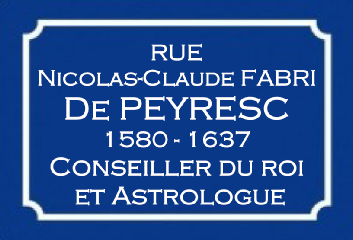


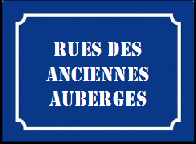












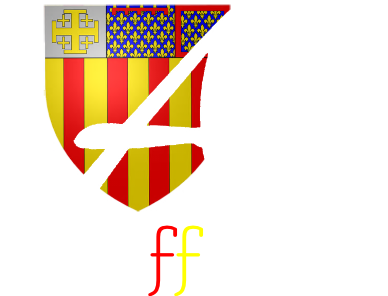






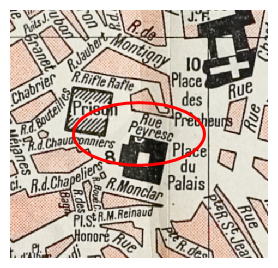
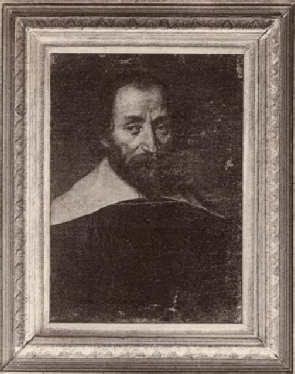

Nicolas-
Après de brillantes études de philosophie et de droit effectuées dans les principales facultés du sud de la France et d’Italie, il n’a que 24 ans lorsqu’il est devient docteur en droit de l’Université d’Aix. Il reçoit alors le titre de seigneur de PEIRESC, du nom du petit village Peyresq, situé en haute Provence, et dont les terres étaient depuis longtemps la propriété de la famille de sa mère.
En 1607, après de nombreux voyages à travers l’Europe, il devient conseiller du roi au Parlement de Provence tout en partageant de multiples passions pour la botanique, l’entomologie, les arts, et surtout l’astronomie. Il construit au sommet de sa maison aixoise une coupole lui permettant d’observer la Lune et les étoiles. Profitant de l’éclipse de Lune de 1635 et après deux ans de préparation, il démontre que la Méditerranée a mille kilomètres de moins d’est en ouest que la distance mesurée jadis par les Grecs. Au sommet de la montagne Sainte-
Nicolas-
Le saviez-
La ville ne lui rendra pas qu’un seul hommage en nommant de son nom la rue où il vécut. Un buste de PEYRESC décore la place de l’Université, face à la cathédrale Saint-
Nicolas-
After brilliant studies of philosophy and law carried out in the main faculties of the south of France and Italy, he was only 24 years old when he obtained a doctorate in law from the University of Aix. He then received the title of Lord of PEIRESC, from the name of the small village Peyresq, located in Haute Provence, and whose land had long been the property of his mother's family.
In 1607, after many trips across Europe, he became king's advisor to the Parliament of Provence while sharing multiple passions for botany, entomology, the arts, and especially astronomy. He built a dome at the top of his house in Aix, allowing him to observe the moon and the stars. Taking advantage of the lunar eclipse of 1635 and after two years of preparation, he shows that the Mediterranean is a thousand kilometers shorter from east to west than the distance measured by the Greeks in the past. At the top of the Sainte-
Nicolas-
Did you know ?
The city will not pay him a single tribute by naming the street where he lived after his name. A bust of PEYRESC decorates University Square, opposite Saint-
